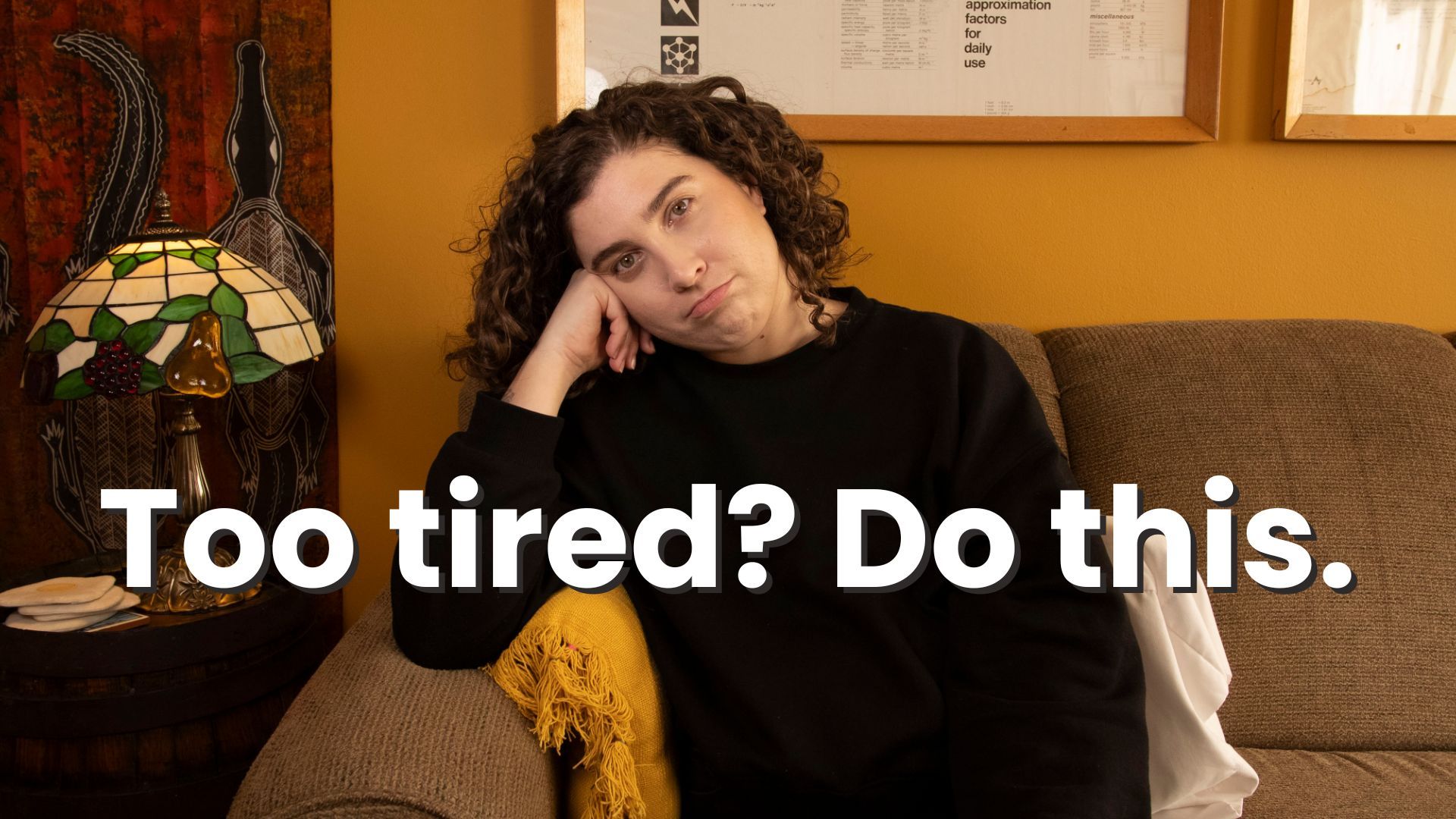Someone You Love Is Voice Training – Here’s What You Need to Know
Mar 06, 2025
If someone sent you this post, congratulations—you’ve been chosen! They trust you enough to let you in on a personal part of their journey: gender-affirming voice training.
No pressure. But also… a little bit of pressure.
So, let’s talk about what voice training is, what to expect, and how you can support the person who sent you this—without making it weird.
Keep scrolling to read this post, or get the same information in the video below.
What Is Gender-Affirming Voice Training?
Hi, I’m Renée, a gender-affirming voice teacher. Voice training is the process of developing new vocal habits to create a speaking voice that better aligns with a person’s gender expression.
This will look different for everyone. The person who sent you this might want their voice to be higher and brighter, lower and darker, or somewhere in between. Whatever their goal, they’ll be learning to control different characteristics of their voice and working every day to create new habits that override their old ones.
In a lot of ways, voice training is like learning to sing. Except when you’re learning to sing, you don’t have to sing your coffee order to your local barista.
And just like learning to sing, some people pick it up quickly, while for others, it takes more time.
What to Expect
So, what does this actually mean for you?
1. Their voice might sound different from day to day (or even moment to moment).
At first, they might only practice their new voice for a few minutes at a time. That’s totally normal! Over time, they’ll build endurance and might use it more consistently. But some people prefer switching between different voices for different situations, and that’s okay too.
2. Don’t expect overnight changes.
You might hear big differences early on, but the real challenge is habituation—learning to use their new voice automatically, without thinking about it. That part takes time, and it also takes a lot of mental energy.
3. They might take longer to respond in conversation.
If they pause before speaking, they might be resetting their target voice—or maybe just privately freaking out to themselves a little bit!
Either way, be patient.
How to Support Them
The best way to support the person who sent you this? Ask them what they need.
Some people want encouragement—like, “Hey, your voice sounds great today!” Others might appreciate gentle reminders to reset their voice, as long as it doesn’t feel critical. And some people? They want you to pretend absolutely nothing is happening and just act normal.
Not sure how to ask? A simple: “Hey, I know you’re working on your voice—do you want me to encourage you, remind you, or just act normal?”
That one question can go a long way.
Why Voice Training?
You might be wondering: Why is voice training such a big deal?
For some people, voice dysphoria—a sense of discomfort or distress with their voice—can be overwhelming. Dysphoria can lead to anxiety, depression, and deep frustration. Voice training helps alleviate those feelings.
For others, voice training can impact safety. The way a person’s voice is perceived affects how they’re treated in everyday life.
And for some, it’s just about self-expression. They might not experience dysphoria, but they want to explore and see if a different voice suits them better.
Depending on your relationship with the person who sent you this, you might not need to know why they’re voice training. Just trust that they’ve made the best decision for themselves right now.
The Best Way to Show Your Support
The best way to support them?
Give them truckloads of money for their transition because that sh*t is expensive. 🤣
…But seriously. Listening, respecting their choices, and, if you’re in a position to help, supporting them in practical ways—whether that’s encouragement, covering the cost of training, or just being someone they can talk to—makes a huge difference.
The fact that they shared this post with you means they trust you. They want you in their corner. And that’s pretty amazing.
If you want to learn more about gender-affirming voice training, I have a ton of resources here on my blog and on my YouTube channel.
That’s all for today—I’ve been Renée, and I hope this helps.
Want weekly tips, resources, and insights on trans voice training? Sign up for my newsletter and get the latest content delivered straight to your inbox. It's free!









